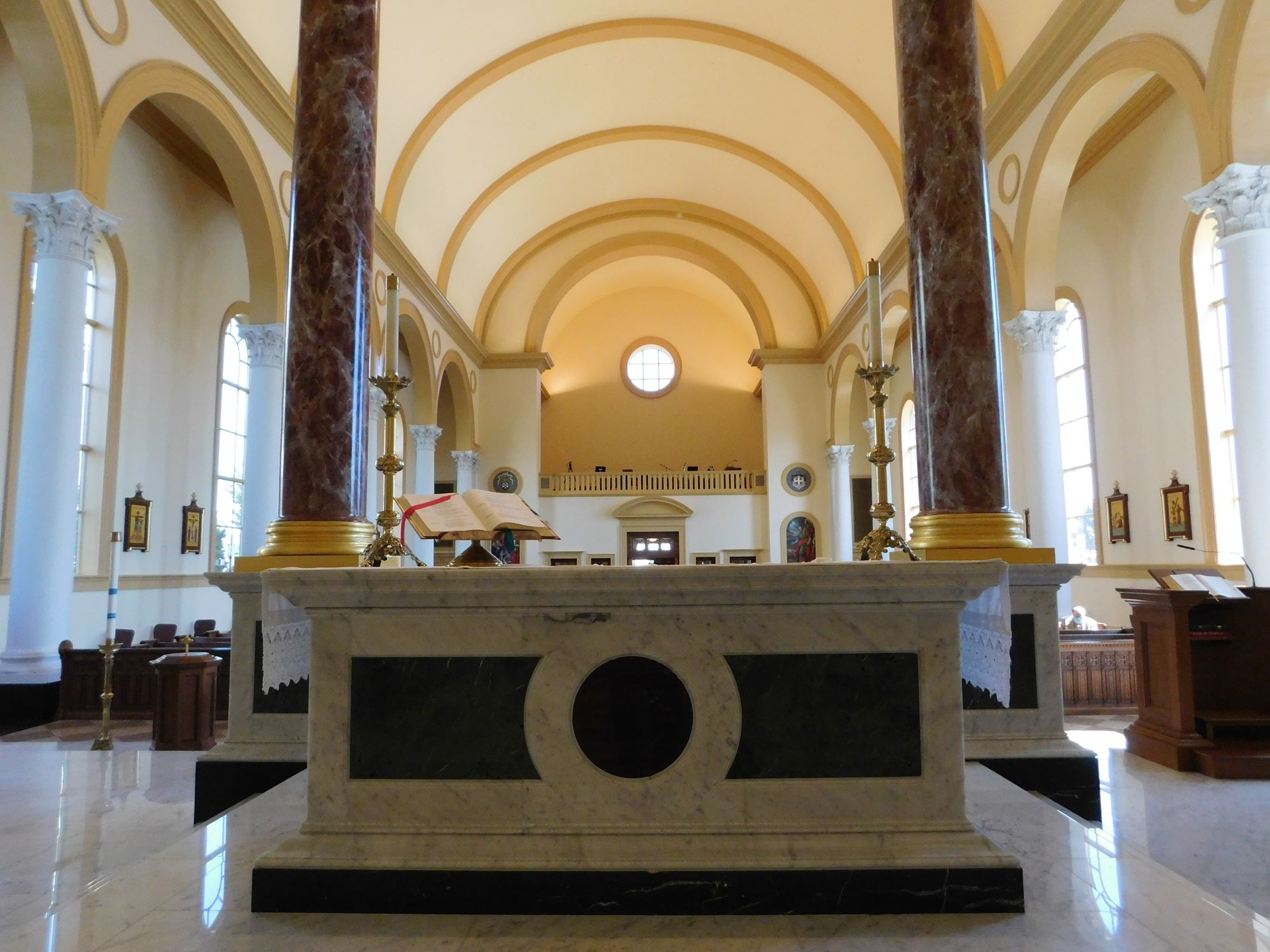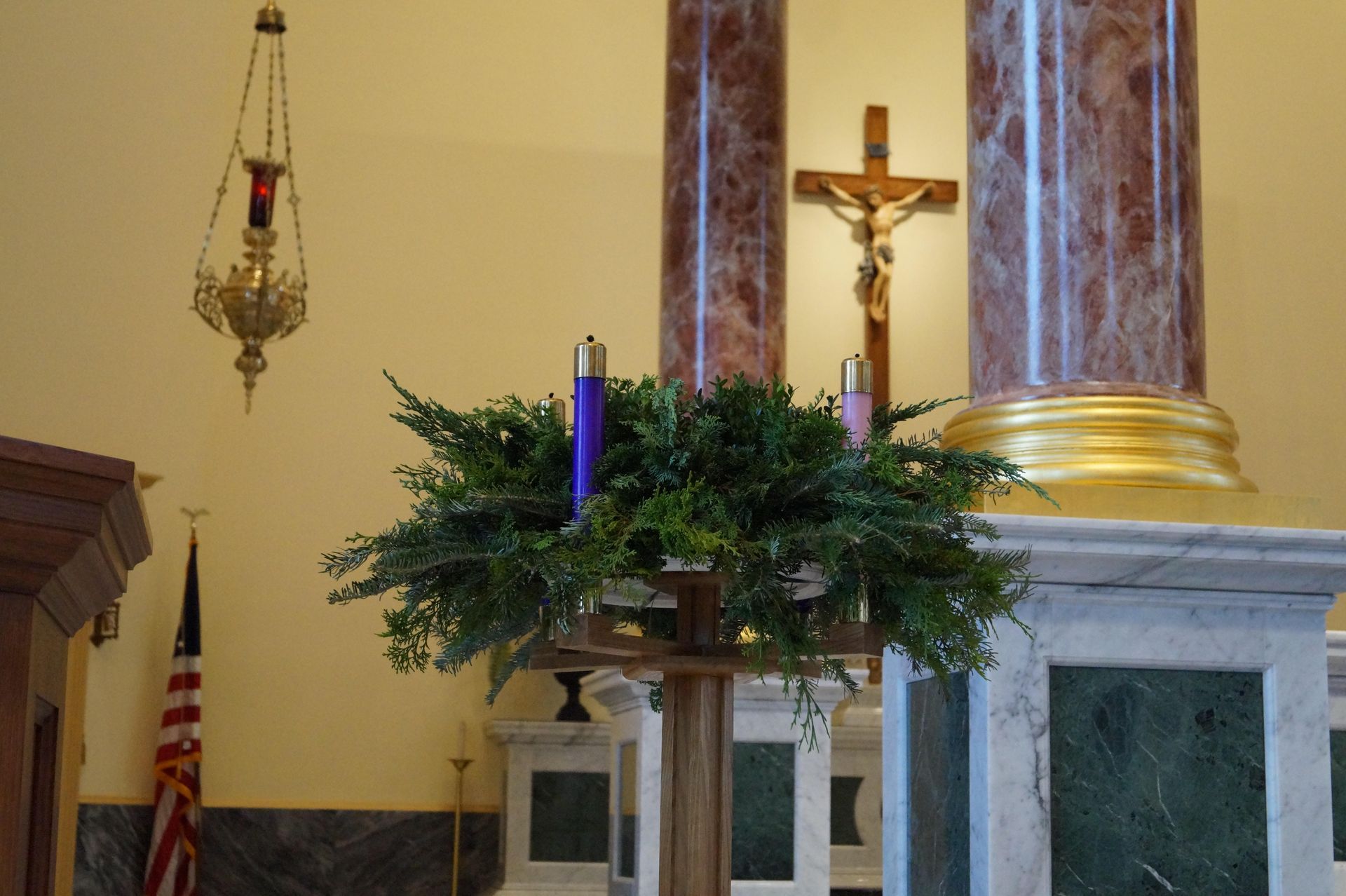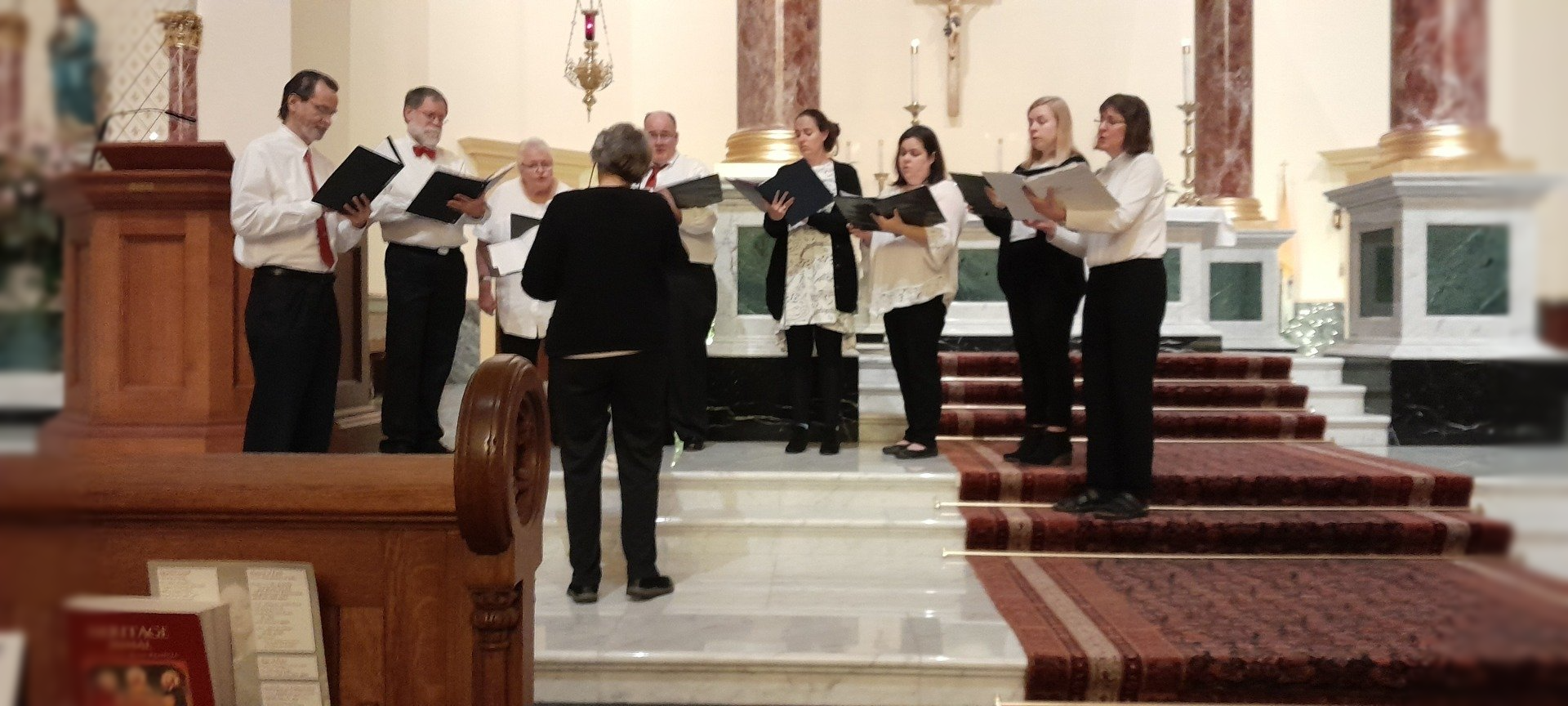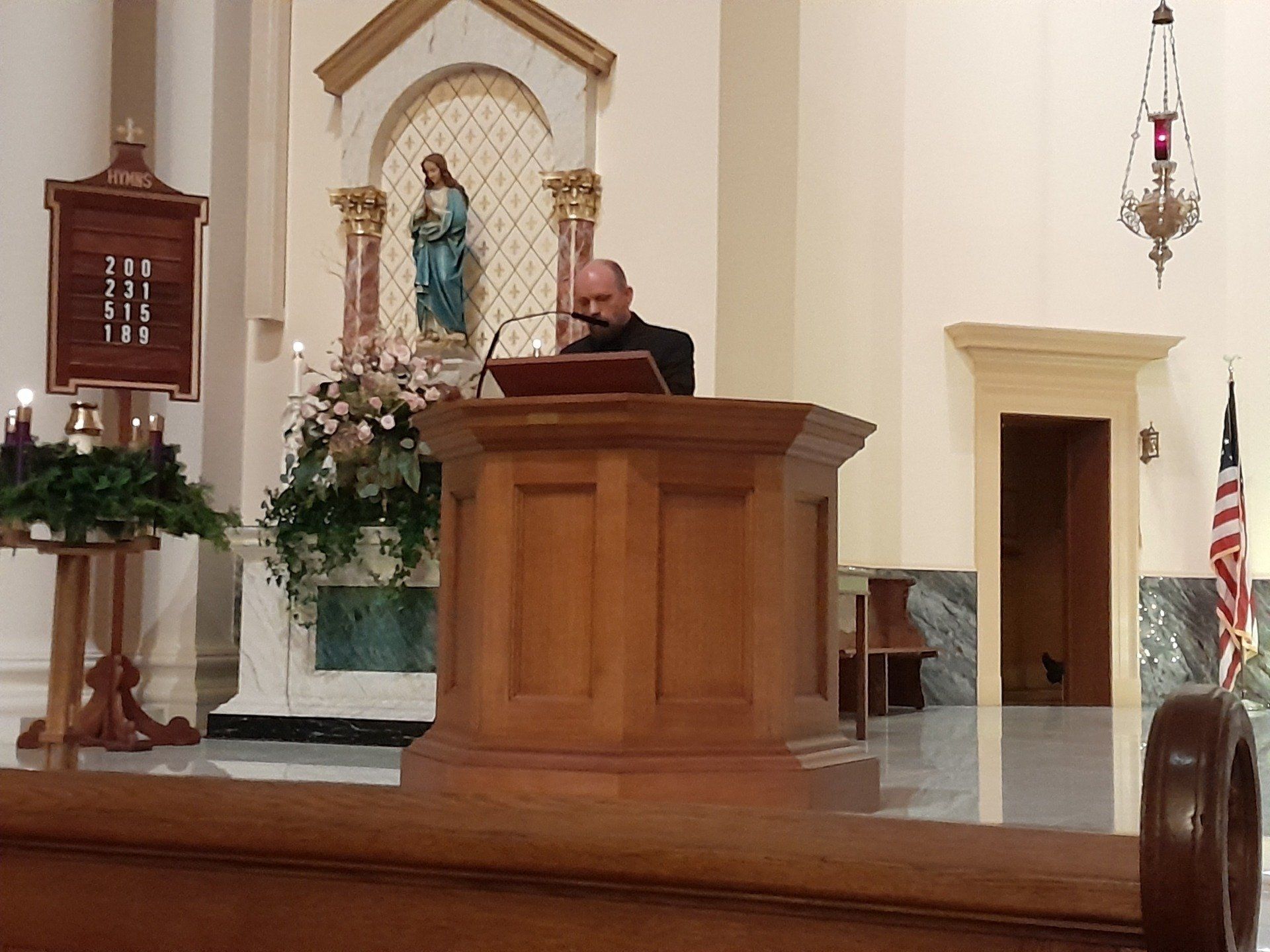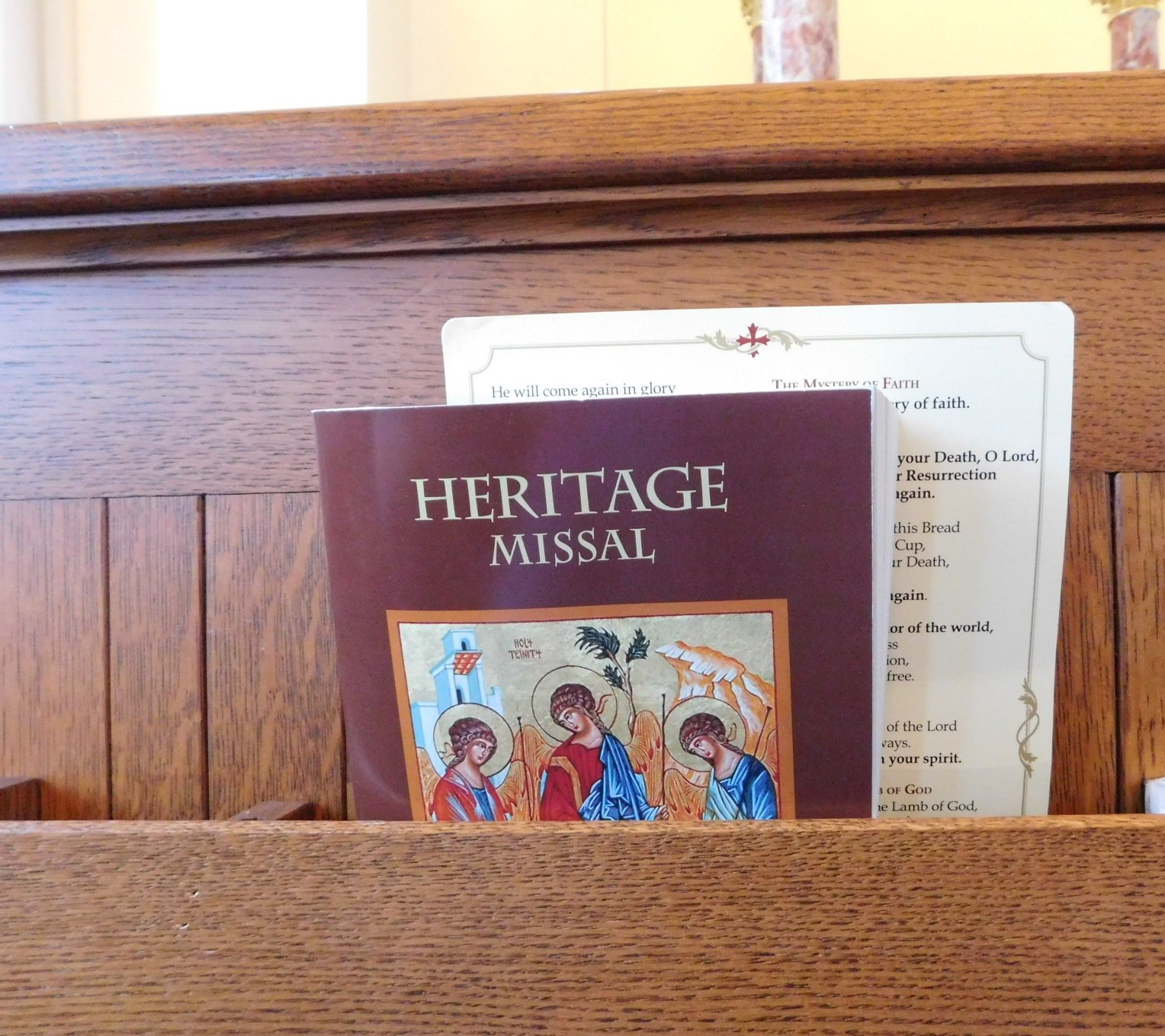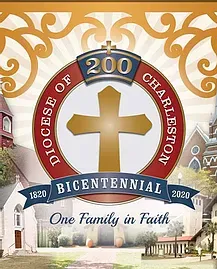Choir/Ministers of Music
An important part of the liturgy is the organized body of singers and musicians who lead and perform the musical part of the service. At week-end masses and other liturgical celebrations, cantors, choir members and instrumentalists offer their time and talents to lead and enhance the liturgy. All interested adults should contact the Directors of Music for more information.
Sacred Music
"The musical tradition of the universal Church is a treasure of inestimable value, greater even than that of any other art. The main reason for this pre-eminence is that, as a combination of sacred music and words, it forms a necessary or integral part of solemn liturgy" (Sacrosanctum Concilium, no. 112). The composition and singing of inspired psalms, often accompanied by musical instruments, were already closely linked to the liturgical celebrations of the Old Covenant. The Church continues and develops this tradition: "Address . . . one another in psalms and hymns and spiritual songs, singing and making melody to the Lord with all your heart." "He who sings prays twice" (Eph 5:19; St. Augustine, En. in Ps. 72,1:PL 36,914; cf. Col 3:16).
– Catechism of the Catholic Church, no. 1156
Sing to the Lord: Music in Divine Worship
One of God's greatest gifts to us, his creation, was the gift of song. In words and music, our ancestors in faith—Moses, David, Deborah, Paul, St. Gregory—have taught us how to revel in God's infinite love, proclaim his glory, give thanks for his abounding generosity, and plead for mercy and forgiveness. Sing to the Lord: Music in Divine Worship, guidelines approved by the bishops of the United States in 2007, recalls this vast, rich musical tradition as it provides basic guidelines for understanding the role and ministry of music in the liturgy. Standing on the foundational work of the Council fathers, Sing to the Lord echoes the call to full, active, and conscious participation in the Liturgy through its sung elements. It addresses the practical concerns of pastoral leaders: appropriate ministers, cultural diversity, instrumentation, formation, acoustics, and copyrights. It also outlines considerations for preparing and judging music for worship with an in-depth review of the musical structure of Liturgy.



